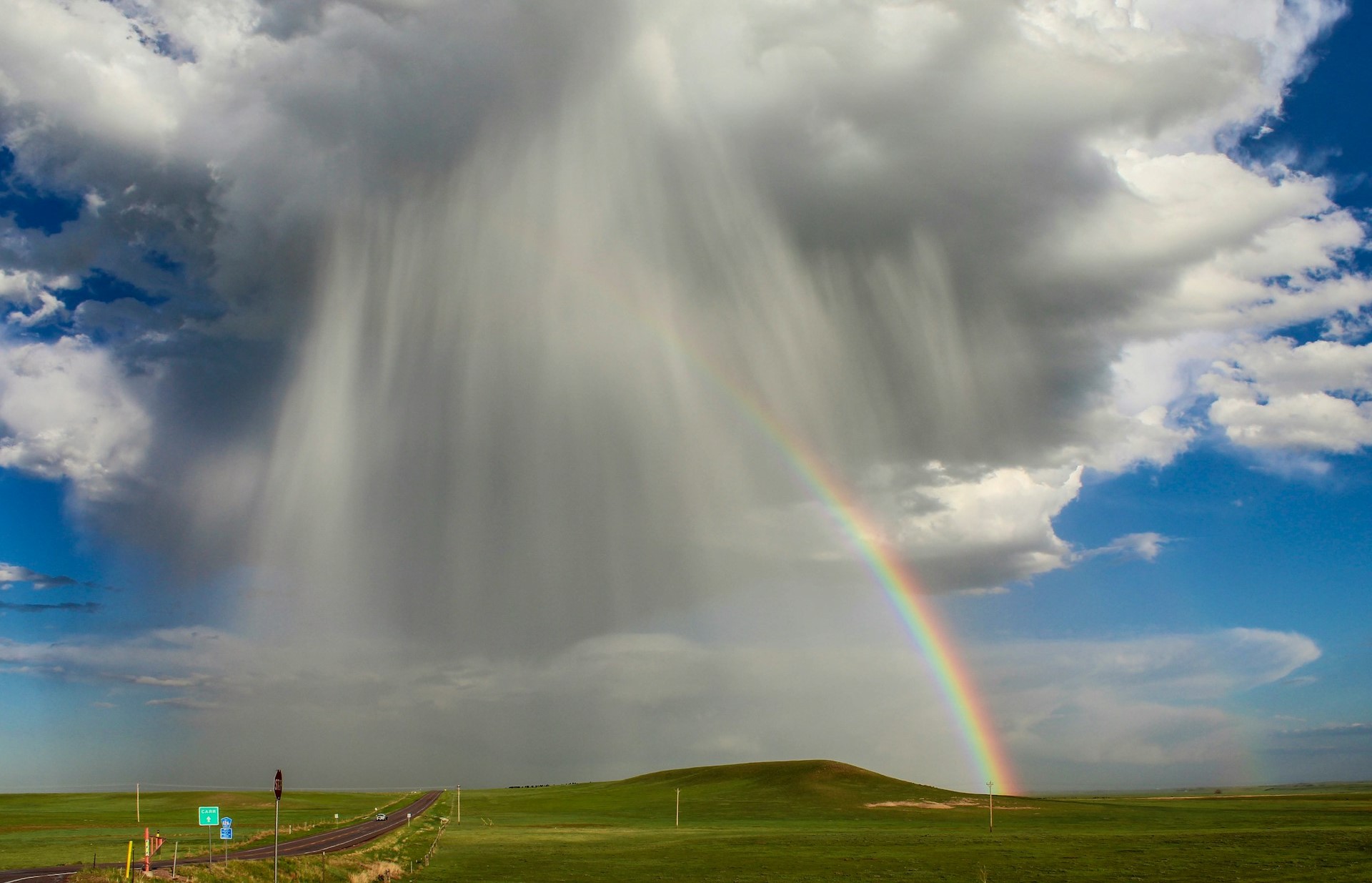Weather can shape the way we live, from the clothes we wear to the precautions we take. For some, it’s a minor consideration. But in certain parts of the United States, severe weather patterns pose significant risks, making these regions some of the most dangerous places to live. From hurricanes wreaking havoc along the coasts to wildfires spreading in the west, understanding these patterns can help you make informed decisions about safety and preparedness.
Here, we’ll explore regions most affected by extreme weather and uncover how natural forces continually shape life in these areas.
Hurricane Havens Along the Gulf and Atlantic Coasts
Hurricanes are among the most devastating weather events in the U.S., and they tend to concentrate along the Gulf of Mexico and the Southeastern Atlantic coastline. States like Florida, Louisiana, and Texas often experience the brunt of these powerful storms, which bring destructive winds, storm surges, and torrential rain.
Notable Places and Examples
- New Orleans, Louisiana
New Orleans faces significant risk, as evidenced by Hurricane Katrina in 2005. Over 1,800 lives were lost, accompanied by $125 billion in damages. The city’s low elevation and proximity to water make it particularly vulnerable to flooding. - Miami, Florida
Miami’s coastal location makes it a frequent target for large storms like Hurricane Andrew in 1992, which resulted in $27 billion in damages. Storm surge and strong winds present continual risks for this bustling city.
The Stats
- Florida accounts for 40% of all U.S. hurricanes.
- Hurricane season typically lasts from June to November, making residents along these coasts heavily reliant on storm preparation.
Tornado Alley in the Central U.S.
When people think of tornadoes, the Great Plains comes to mind. Tornado Alley, stretching through states like Oklahoma, Kansas, and parts of Texas, experiences more tornadoes annually than any other region. These violent twisters form quickly, leaving little time to prepare, and can cause widespread destruction.
Notable Places and Examples
- Moore, Oklahoma
Moore has been hit by several devastating tornadoes, including an EF5 tornado in 2013 that killed 24 people and caused over $2 billion in damages. Its location in Tornado Alley makes it one of the highest-risk cities in the country. - Wichita, Kansas
Wichita also sees frequent tornado activity and has a long history of enduring costly and deadly storms.
The Stats
- The U.S. sees about 1,200 tornadoes annually, with most occurring in Tornado Alley.
- The Enhanced Fujita Scale (EF) measures tornado intensity, with EF5 being the most destructive level.
The Fire-Prone West: Wildfires in California and Beyond
Wildfires are becoming more frequent and destructive due to rising temperatures and prolonged drought conditions. The western U.S., especially California, Oregon, and Washington, faces a significant wildfire threat during dry seasons.
Notable Places and Examples
- Paradise, California
The 2018 Camp Fire, California’s deadliest and most destructive wildfire, devastated the town of Paradise, killing 85 people and causing $16.5 billion in damages. - Santa Rosa, California
This region has witnessed repeated fires, such as the Tubbs Fire in 2017, which destroyed entire neighborhoods and highlighted the increasing touchpoints between wildlands and residential areas.
The Stats
- California has experienced 15 of the 20 largest fires in state history in just the last two decades.
- Wildfire season, once limited to the summer and fall, now lasts nearly year-round in many parts of the west.
Devastating Floods in River Valleys and Coastal Areas
Flooding is one of the most common forms of natural disaster in the U.S. Major rivers and coastal zones in states like Missouri, Illinois, and New Jersey face constant threats from heavy rains and storm surges.
Notable Places and Examples
- St. Louis, Missouri
Sitting along the Mississippi River, St. Louis is at high risk for flooding. The Great Flood of 1993 remains one of the most historic floods in U.S. history, submerging vast areas and causing billions in damages. - Houston, Texas
Hurricanes and heavy rainfall make Houston another flood-prone city. Hurricane Harvey in 2017 resulted in catastrophic flooding, displacing over 30,000 people.
The Stats
- Flooding causes more than $20 billion in damages annually in the U.S.
- 90% of all-natural disasters in the country involve flooding of some kind.
Severe Winter Storms in the North and Northeast
Winters in the northern states are far from mild, with heavy snow, ice storms, and freezing temperatures creating hazardous living conditions. States like North Dakota, Minnesota, and Maine frequently experience brutal winter weather.
Notable Places and Examples
- Fargo, North Dakota
Fargo is no stranger to blizzards and extreme cold temperatures. Winter storms can shut down entire cities for days, with snowfall often exceeding several feet. - Buffalo, New York
Buffalo’s location near Lake Erie makes it the poster child for lake-effect snow. The city has recorded some of the heaviest snowfall in the country, including nearly 7 feet of snow over a span of just three days in 2022.
The Stats
- Freezing weather-related issues, including ice and snow, are responsible for up to 70% of all weather-related vehicle accidents each year.
- Severe storms can cause power outages affecting millions of people annually.
How to Stay Safe in These Hazard-Prone Areas
Living in a region affected by extreme weather doesn’t mean you’re doomed. It means understanding potential risks and taking proactive measures to minimize danger. Here are a few strategies:
- Prepare an Emergency Plan
Ensure your family has a clear plan for different scenarios like evacuations or power outages. - Invest in Appropriate Insurance
Home and flood insurance can help cover damages from numerous weather events. - Stay Updated
Weather monitoring apps and NOAA alerts can provide life-saving information before a disaster strikes. - Build a Disaster Supply Kit
Stock up on essentials like water, non-perishable food, first aid supplies, and flashlights.






13 Comments